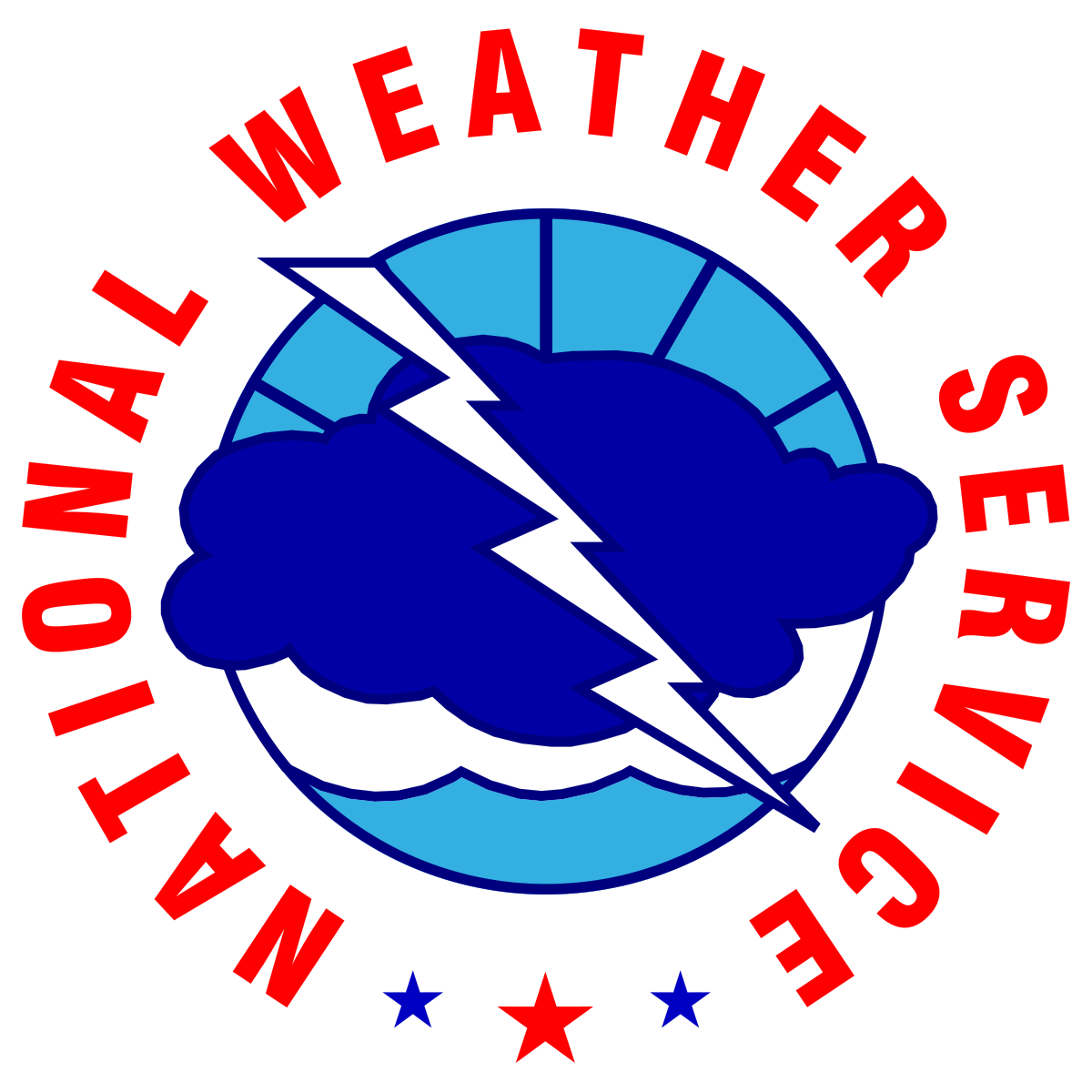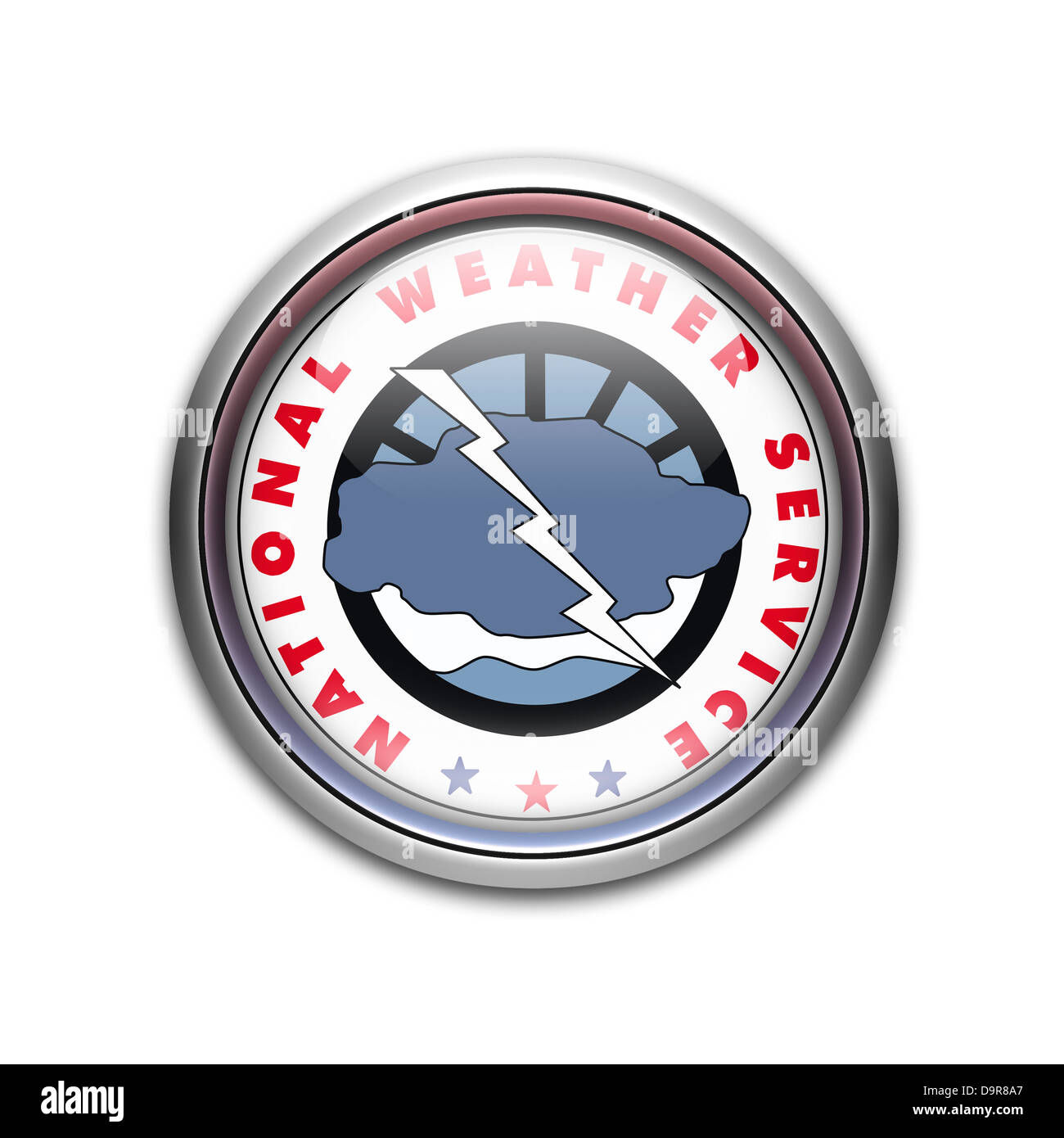National Weather Service: Your Ultimate Guide To Reliable Weather Forecasting - The National Weather Service plays a vital role in protecting lives and property by providing accurate and timely weather forecasts and warnings. Through its advanced technology, dedicated team of meteorologists, and commitment to public safety, the NWS continues to be a trusted source of meteorological information for millions of people across the United States. The National Weather Service relies on advanced forecasting tools and technologies to generate accurate and reliable weather predictions. These tools include computer models, supercomputers, and artificial intelligence, which work together to analyze vast amounts of data and produce detailed forecasts.
The National Weather Service plays a vital role in protecting lives and property by providing accurate and timely weather forecasts and warnings. Through its advanced technology, dedicated team of meteorologists, and commitment to public safety, the NWS continues to be a trusted source of meteorological information for millions of people across the United States.
Computer models simulate weather patterns using complex mathematical equations and historical data. These models allow meteorologists to predict future weather conditions with greater accuracy than ever before. The NWS utilizes multiple models, such as the Global Forecast System (GFS) and the North American Mesoscale Model (NAM), to ensure comprehensive coverage of weather events.
In 1970, the National Weather Service became part of NOAA, marking a significant milestone in its development. This transition allowed the NWS to leverage advanced scientific research and technology, improving the accuracy and reliability of its forecasts. Today, the NWS operates a vast network of weather stations, radars, and satellites to monitor weather patterns globally.
In addition to weather forecasting, the NWS collects and disseminates climate data for research and analysis. This data helps scientists study long-term weather trends and climate change, providing valuable insights into the Earth's atmosphere.
We encourage you to explore the NWS website and mobile apps to stay informed about weather conditions in your area. By taking advantage of these resources, you can make better decisions and stay prepared for any weather event. Share this article with your friends and family to help them understand the importance of the National Weather Service in our daily lives.
Despite its successes, the National Weather Service faces several challenges in its mission to provide accurate weather forecasts and warnings. These challenges include budget constraints, technological limitations, and the increasing complexity of weather patterns due to climate change.
Data collection is a critical component of weather forecasting, and the National Weather Service employs a variety of methods to gather meteorological information. These methods include ground-based observations, radar systems, and satellite imagery, all of which contribute to a comprehensive understanding of weather patterns.

Advances in sensor technology and satellite imagery will enable the NWS to collect more accurate and detailed weather data. This improved data collection will lead to more precise forecasts and better preparedness for severe weather events.
In the late 19th century, the U.S. government recognized the need for a centralized weather observation system. The Army Signal Corps laid the foundation for modern weather forecasting by establishing a network of weather stations across the United States. These stations provided real-time weather data, enabling meteorologists to make more accurate predictions.

The NWS offers daily weather forecasts for cities and regions across the United States. These forecasts include information on temperature, precipitation, wind conditions, and other meteorological factors. Users can access forecasts through the NWS website, mobile apps, and local media outlets.
In this comprehensive guide, we will explore the history, services, and importance of the National Weather Service. You will learn how it collects and analyzes weather data, the tools it uses, and how its forecasts impact various sectors of society. By the end of this article, you'll have a deeper understanding of why the NWS is crucial for weather preparedness and safety.
Weather forecasting plays a critical role in our daily lives, and the National Weather Service (NWS) stands as a reliable source of meteorological data and predictions. Whether you're planning a weekend getaway or preparing for severe weather conditions, the NWS provides essential information to keep individuals and communities safe. Understanding how the National Weather Service operates can help you make informed decisions and stay prepared for any weather event.